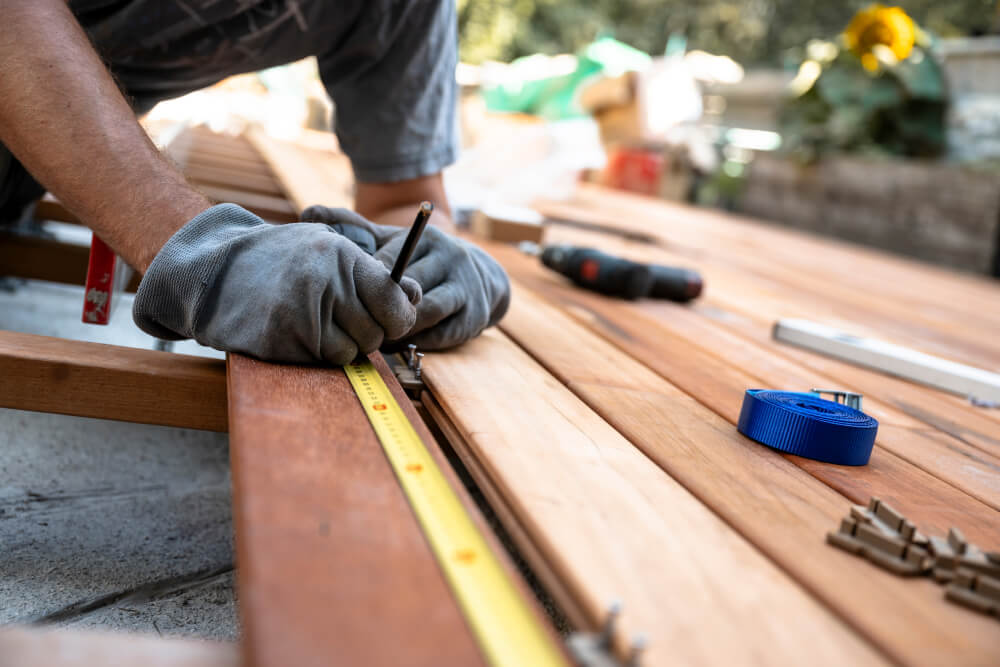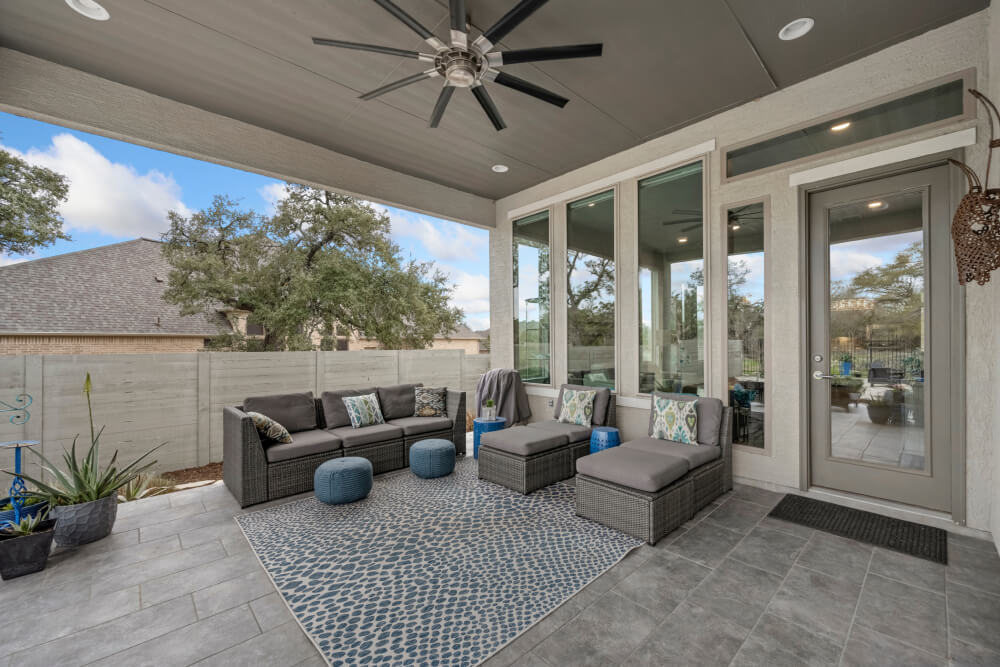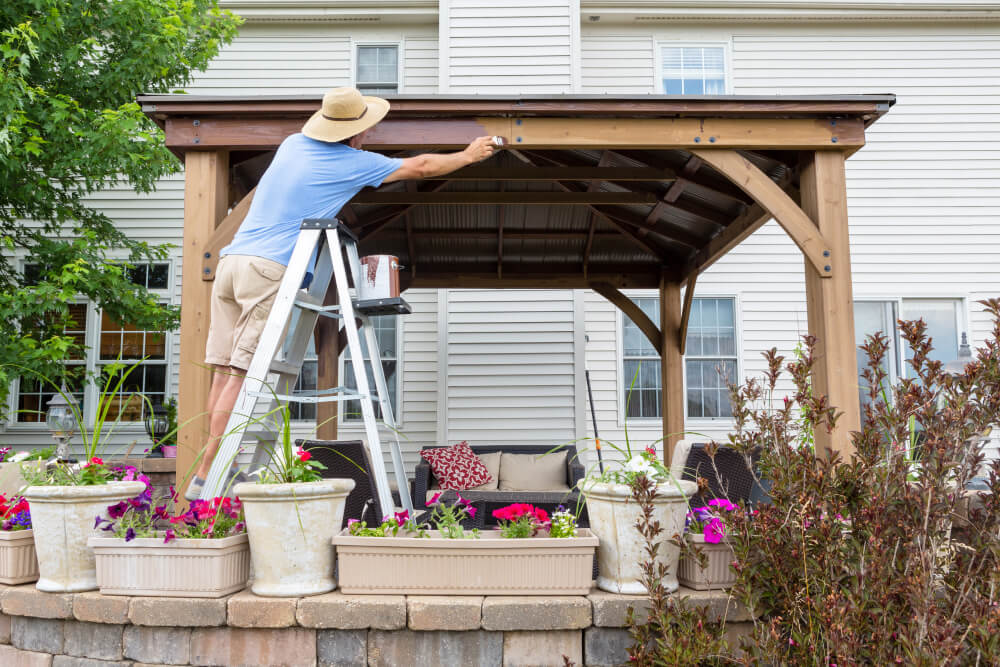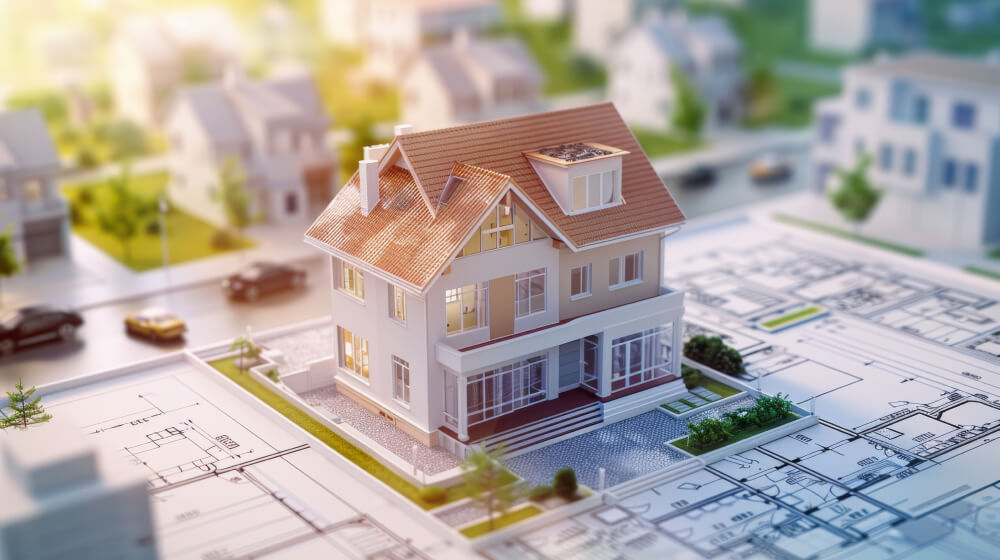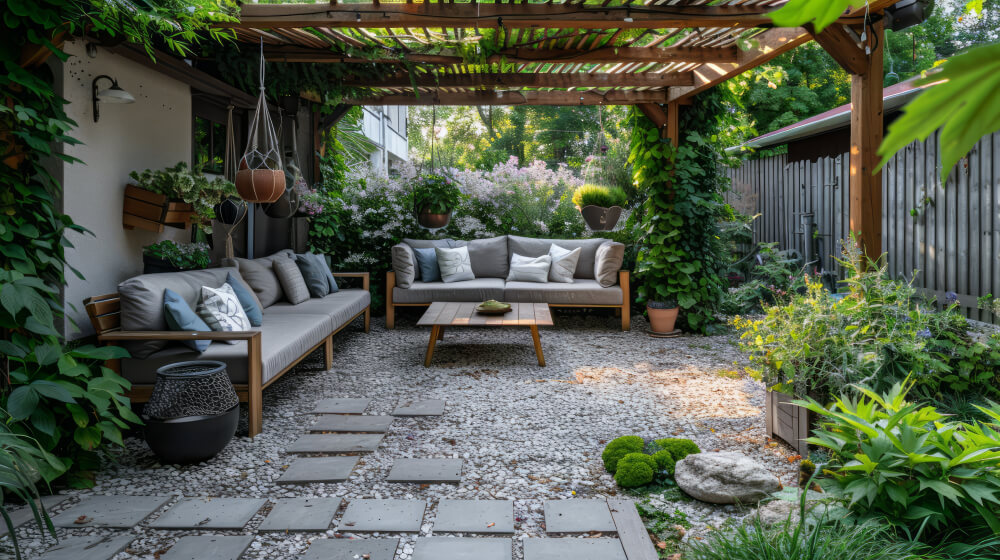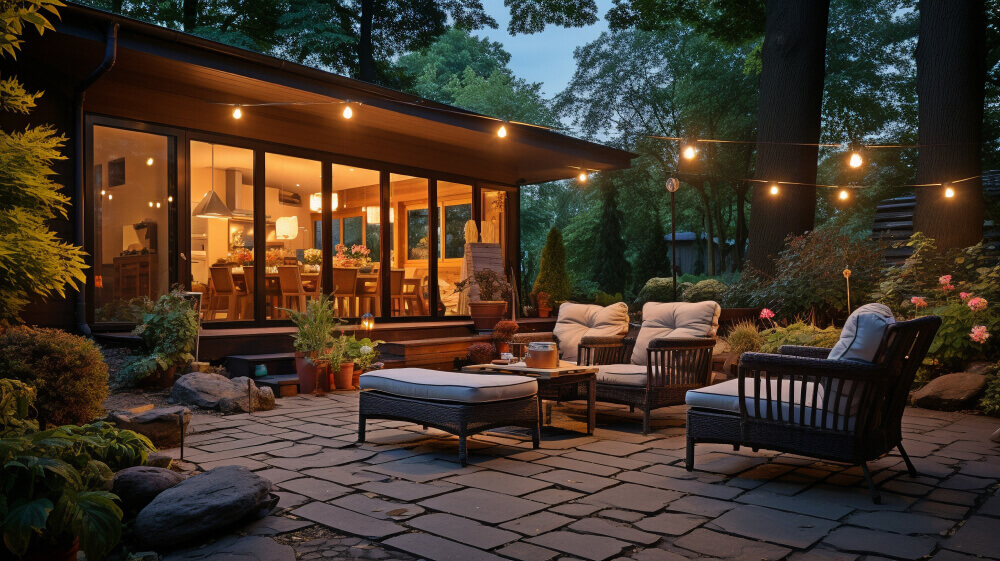Understanding Your Needs
Before diving into the different types of patio covers, it’s crucial to assess your specific needs and preferences. Consider the following questions:
- What is the primary purpose of the patio cover? Are you looking for shade, rain protection, or both?
- How much space do you have? Measure the area where you plan to install the cover to ensure you select a design that fits.
- What is your budget? Determine how much you are willing to spend, including materials, installation, and maintenance costs.
- What is your home’s architectural style? Choose a patio cover that complements the existing design of your home.
Types of Patio Covers
There are several types of patio covers to choose from, each with its own set of advantages and drawbacks. Here’s a look at the most popular options:
1. PergolasDescription: Pergolas are open structures typically made of wood, vinyl, or aluminum, with crossbeams that provide partial shade.
- Pros:
- Aesthetic appeal: Adds a classic and elegant touch to your outdoor space.
- Versatility: Can be customized with climbing plants, retractable canopies, or lights.
- Airflow: Allows for good ventilation and a sense of openness.
- Cons:
- Limited protection: Does not offer full protection from rain or intense sunlight.
- Maintenance: Wooden pergolas require regular maintenance to prevent rot and decay.
Description: Awnings are fabric covers that extend from the side of your house, providing shade and protection from the elements.
- Pros:
- Flexibility: Retractable awnings can be extended or retracted as needed.
- Variety: Available in numerous colors, patterns, and materials.
- Space-saving: Do not require additional support structures, making them ideal for smaller spaces.
- Cons:
- Durability: Fabric can deteriorate over time due to exposure to the elements.
- Limited coverage: Typically provides less coverage compared to other types of patio covers.
Description: These are fully covered structures made of materials such as wood, aluminum, or polycarbonate, offering complete protection from the sun and rain.
- Pros:
- Complete protection: Shields against all weather conditions, making your patio usable year-round.
- Durability: Solid roof covers are robust and long-lasting.
- Additional features: Can be equipped with fans, lights, or even outdoor heaters.
- Cons:
- Cost: Generally more expensive due to the materials and construction involved.
- Permits: May require building permits and professional installation.
Description: Lattice covers are similar to pergolas but with a denser grid pattern, offering more shade while maintaining an open feel.
- Pros:
- Aesthetic: Adds a stylish and decorative element to your patio.
- Customizable shade: Provides more shade than pergolas but still allows some sunlight through.
- Airflow: Maintains good ventilation.
- Cons:
- Partial protection: Does not fully protect against rain.
- Maintenance: Wooden lattice covers may need regular upkeep.
Join HICP Homeowner’s Alliance
Connect with experts, get special discounts and enjoy member benefits
Choosing the Right Material
The material of your patio cover significantly affects its durability, maintenance, and overall look. Here’s a comparison of common materials:
1. Wood- Pros:
- Natural beauty: Offers a warm and classic look that blends well with most home styles.
- Customizable: Can be painted or stained to match your home’s exterior.
- Cons:
- Maintenance: Requires regular sealing, painting, or staining to prevent rot and insect damage.
- Cost: Typically more expensive than other materials.
- Pros:
- Durability: Resistant to rust, rot, and insect damage.
- Low maintenance: Requires minimal upkeep compared to wood.
- Lightweight: Easier to install and less strain on supporting structures.
- Cons:
- Aesthetic: May not have the same natural appeal as wood.
- Heat retention: Can become hot to the touch in direct sunlight.
- Pros:
- Low maintenance: Does not require painting or sealing.
- Durability: Resistant to rot, rust, and insects.
- Cost-effective: Generally cheaper than wood and aluminum.
- Cons:
- Limited color options: Less variety in color compared to wood.
- Aesthetic: Can look less natural and more plastic-like.
- Pros:
- Light transmission: Allows natural light to pass through while blocking harmful UV rays.
- Durability: Strong and impact-resistant.
- Versatility: Available in various colors and transparency levels.
- Cons:
- Cost: Can be more expensive than other materials.
- Appearance: May not blend well with all architectural styles.
Design and Functionality
When choosing a patio cover, consider how it will integrate with your outdoor space and meet your functional needs. Here are some design and functionality tips:
- Match your home’s style: Choose a design that complements your home’s architectural style and color scheme.
- Think about future use: Consider how you plan to use the patio cover in the future. Will you add outdoor furniture, a grill, or a hot tub?
- Incorporate lighting: Adding built-in lights can enhance the usability of your patio cover in the evenings.
- Consider additional features: Look for options that allow you to add fans, heaters, or roll-down shades for extra comfort.
Budget and Installation
Your budget will play a significant role in determining the type and material of your patio cover. Here are some cost considerations:
- Material costs: Wood tends to be more expensive than aluminum or vinyl, but it offers a classic look.
- Labor costs: Professional installation can add to the overall expense but ensures a high-quality, durable structure.
- Maintenance costs: Factor in the long-term maintenance costs of your chosen material.
Choosing the right patio cover for your home involves careful consideration of your needs, budget, and aesthetic preferences. By understanding the different types of patio covers, materials, and design options available, you can make an informed decision that enhances your outdoor living space and adds value to your home. Whether you opt for a classic pergola, a versatile awning, or a durable solid roof cover, investing in a patio cover is a great way to enjoy your backyard to the fullest.

